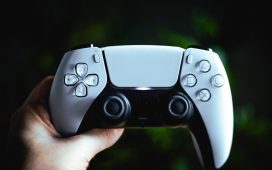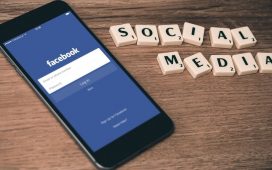The new iPhone 16 on display inside Omotesando Apple store. (Photo by Stanislav Kogiku/SOPA … [+]
The recent launch of the iPhone 16 family saw Tim Cook and his team go all-in on generative AI as a game-changing technology. They marketed the iPhone 16 family as “built from the ground up for Apple Intelligence.” As the first consumer iOS smartphones with this option, many hoped for a “super-cycle” of upgrading consumers to drive higher sales.
That hasn’t appeared. Apple’s flagship iPhone 16 Pro is falling short. There’s no respite in sight for the Pro, but Apple has options with the smaller and cheaper iPhones.
Early sales point to an overall drop in iPhone orders on the order of 12 percent. While most smartphone manufacturers would love a book of 37 million units, Apple will be concerned with the falling numbers. Notably, the iPhone 16 Pro and 16 Pro Max orders are falling, with sales of the cheaper consumer-focused iPhone 16 and iPhone 16 Plus keeping Cupertino’s numbers up.
Consumers are slowly warming to AI in their smartphones, with twenty-five percent of Galaxy S24 owners saying AI was a key part of their purchasing decision in a Kantar report following the launch of Samsung’s handsets; a recent YouGov poll in the UK, reporting sixty percent consider it an important factor in their consideration, including 21 percent saying it is very important.
Yet Apple’s reliance on generative AI as the marquee iPhone feature is fraught with difficulty. The new iPhones do not yet support any of the promised features. The first wave should arrive later this month; support for some ChatGPT features will come in December, and the full suite will not ship until March. Carriers and retailers are being careful to include the delay to Apple Intelligence in all their advertising to ensure consumers are aware of this delay… a delay that does not occur in Android handsets, some of which have been sporting these features for over twelve months.
The iPhone Pro audience knows that the promise of AI is not as strong a draw as actually shipping with AI, which no doubt influences the hesitancy of consumers to buy the premium device.
Into that mix you can add the increased utility and value in the consumer-focused iPhone 16 and 16 Plus. Because both of these support Apple Intelligence, Apple has been forced to up the specs of the vanilla iPhones. After years of working the vanilla iPhones’s specs to be at least a year behind and with lower capacity than the Pro Phones, generative AI means the latest A18 chipset and more RAM have to be installed in the iPhone 16 and 16 Plus.
That makes these consumer-focused iPhones closer to the Pro models than the last few years, and they offer far more value for money than the iPhone 15 or iPhone 14 models ever could. Thanks to AI, the base models are all you need for the full experience.
There’s more. Apple’s next model will bring that same capability to an even lower price point. The fourth generation of the iPhone SE will feature a new design, bringing it closer to the design of the iPhone 16; it’s going to need the new chipset and increased memory to run iOS’ generative AI software; and it’s going to be the cheapest iPhone “built from the ground up for Apple Intelligence.”
The SE is expected to go on sale in March 2025, the same expected date for Apple to complete the rollout of the first generation Apple Intelligence software.
Those who are waiting for Apple Intelligence to fully roll out and decide on which iPhone to upgrade to will be able to consider the new iPhone SE alongside the iPhone 16 Pro and iPhone 16 Pro Max. Based on the current evidence, Apple could be on to a winner with the SE, but the disappointing iPhone 16 Pro will take a hit in sales once more.
Now read the latest iPhone, Mac, and iPad headlines in Forbes’ weekly Apple news digest…









